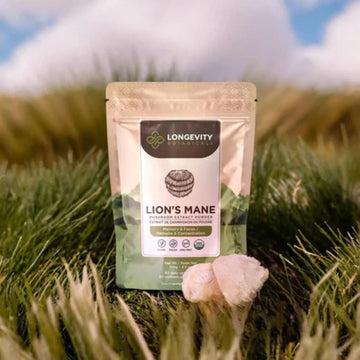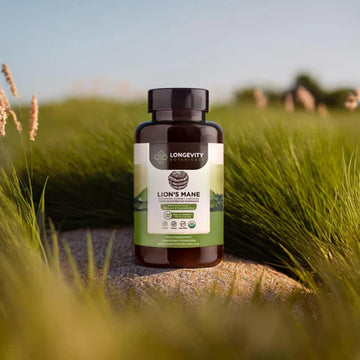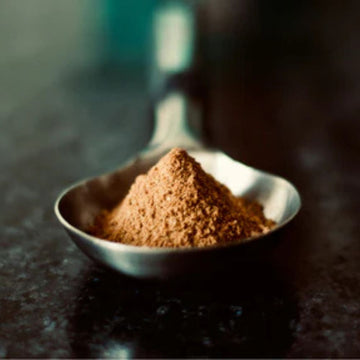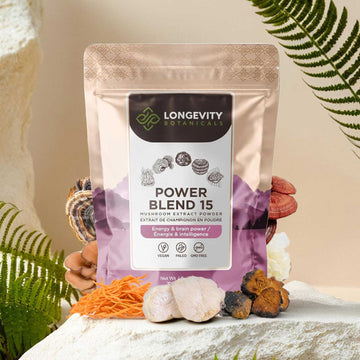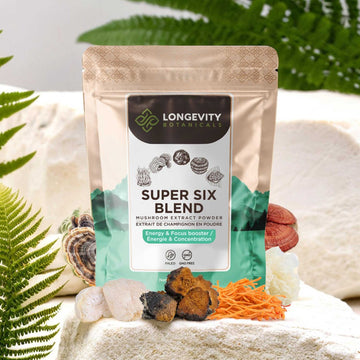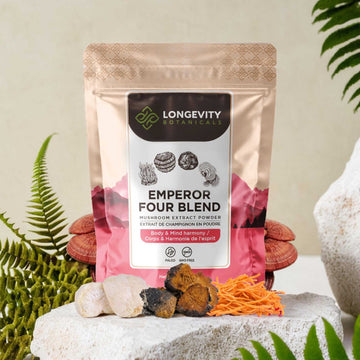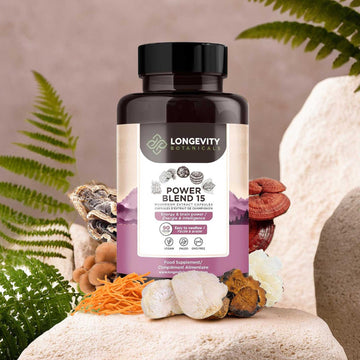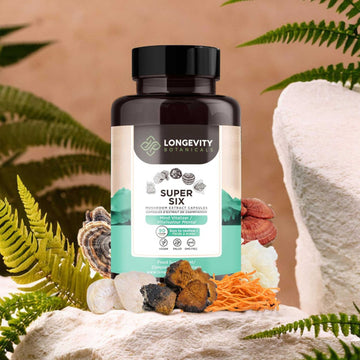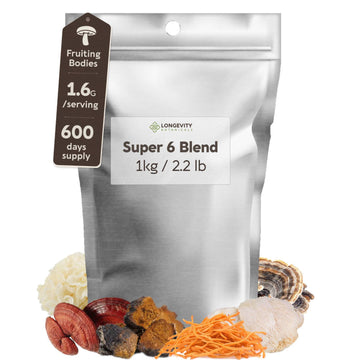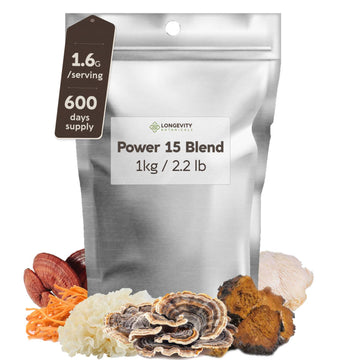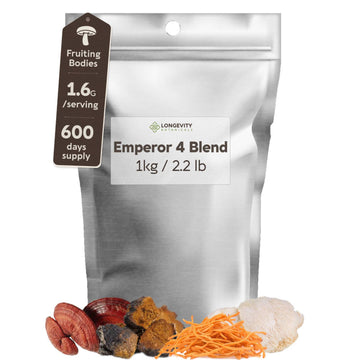Modern agriculture feeds the world, yet decades of pesticides, synthetic fertilizers, heavy-metal drift, and accidental oil spills have left many fields with hidden toxic burdens that stunt crops and endanger water tables.
Conventional clean-up techniques often require hauling soil away, applying harsh chemicals, or waiting years for slow natural attenuation. None of these options fit a regenerative, budget-friendly farm plan.
Enter fungi. Beneath every healthy forest lies a living web of mycelium that digests wood, leaf litter, and even stubborn pollutants. Harnessing that power on the farm is called mycoremediation, and it is gaining ground as a sustainable solution.
Think of mycelium as a microscopic network of soil doctors. Given the right conditions, these doctors prescribe enzymes, acids, and binding proteins that dismantle toxins or lock them safely out of plant roots.
What Exactly Is Mycoremediation?
Definition: Mycoremediation is the deliberate use of fungi to transform or immobilize contaminants in soil, compost, or water.
How it works: White-rot and brown-rot fungi secrete powerful oxidative enzymes such as laccase and manganese peroxidase. These enzymes slice long hydrocarbon chains, break pesticide rings, and convert many toxic molecules into simpler, less harmful forms.
Other species excel at biosorption. Their cell walls carry charged sites that latch onto lead, mercury, cadmium, or arsenic, preventing those metals from entering crops. Spent mushroom blocks can be harvested and disposed of once saturated.
Because fungi grow with minimal inputs and self-spread through soil pores, a single inoculation can treat large volumes of earth for a fraction of the price of chemical methods.
Enzymes, Mycelium, and the Cleanup Toolkit
White-rot fungi, including many oyster species (Pleurotus spp.), possess the broadest range of lignin-degrading enzymes. The same machinery that breaks tough wood also dismantles petroleum residues, some herbicides, and even dioxins.
Turkey tail (Trametes versicolor) is a champion heavy-metal “sponge”, binding mercury and lead to its chitin-rich cell walls. When fruiting bodies appear, the metals are locked inside and can be removed with the mushrooms.
Garden giant (Stropharia rugoso-annulata) filters coliform bacteria from runoff. Meanwhile, enzymes from Phanerochaete chrysosporium have shown promise against antibiotics in livestock manure.
Because each species excels with specific pollutants, successful mycoremediation often pairs several mushrooms or rotates strains as soil tests evolve.
Case Studies From Lab to Field
Field evidence is catching up fast. In Wisconsin a 2021 pilot scattered spent blue oyster blocks over oil-soaked gravel and achieved a 96 percent reduction in hydrocarbons within weeks Offrange report.
A 2023 open-access study in the Journal of Fungi documented large-scale treatment plots across Europe where mycelial biobeds cut diesel residues and restored microbial diversity, highlighting key factors for scaling the method open access study.
Heavy metals are also fair game. A 2022 experiment published in Scientific Reports found Pleurotus species reduced available copper and cobalt by up to 80 percent in farm soil while improving maize growth Scientific Reports.
Across these projects a pattern emerges: low-cost substrates, frequent moisture, and shallow till blending help mycelium spread quickly and keep enzymes active.
While regulatory hurdles remain, the practical successes are pushing agencies to draft guidelines that accept fungi alongside plant-based phytoremediation.
Selecting the Right Mushroom Species
Oyster mushrooms are the multitool, thriving on straw, corn stalks, or sawdust and attacking a broad contaminant menu. For metal-laden orchards, turkey tail offers targeted binding power.
Match species to threat: Hydrocarbons and dyes respond fastest to white-rot fungi. Metals call for bracket fungi. Pathogenic bacteria cleanse best under garden giant or shaggy mane.
Local climate matters too. Choose strains already cultivated in nearby farms to ensure they fruit and overwinter without extensive infrastructure.
How Farmers Can Pilot a Plot
1. Test and map the field. Send composite soil samples to a certified lab to quantify lead, cadmium, hydrocarbons, or pesticide residues. Mark hotspots for targeted treatment.
2. Prepare a carbon bed. Spread six to eight centimeters of straw, sawdust, or wood chips over the affected zone. This feeds the fungi and soaks up excess moisture.
3. Inoculate. Mix colonized spawn or hydrated extract evenly into the carbon layer, then rake lightly into the topsoil. Cover with breathable burlap to retain humidity.
4. Maintain moisture. Keep the area damp but not waterlogged for eight to twelve weeks. Gentle sprinkler cycles or drip lines work well during dry spells.
5. Monitor. Pull follow-up soil tests at three-month intervals. Successful sites often show contaminant drops of 30 percent or more per season, depending on pollutant load and climate.
Challenges and Research Frontiers
Fungal potency can fluctuate with pH, temperature, and nutrient balance. Cold winters may stall growth, while excess nitrogen diverts enzymes toward simple sugars instead of pollutants.
Scaling beyond pilot plots requires sourcing tons of low-cost substrate and ensuring uniform inoculation. Researchers are exploring mobile bioreactors that grow mycelium on farm waste, then eject a ready-to-spread slurry.
Regulatory frameworks lag behind innovation. Farmers should coordinate with local extension offices and environmental agencies to document protocols and confirm disposal methods for metal-laden fungi.
Collaboration between agronomists, mycologists, and policy makers will speed standard operating procedures and unlock funding for larger trials.
Fungi and Regenerative Agriculture
Mycoremediation aligns perfectly with regenerative principles. It transforms waste streams into living filters, repairs soil biology, and leaves behind organic matter that feeds future crops.
Once contaminants fall below safety thresholds, the same fungal network continues recycling plant residues into humus, boosting carbon sequestration and water retention.
By partnering with these silent soil doctors, farmers can turn polluted ground into resilient farmland, reduce input costs, and showcase a tangible commitment to environmental stewardship.
The Takeaway
Fungi are no longer fringe curiosities, they are practical allies with a proven toolbox for detoxifying earth. With careful species selection, basic field preparation, and ongoing monitoring, mycoremediation offers an accessible pathway to heal contaminated farmland and safeguard future harvests.
